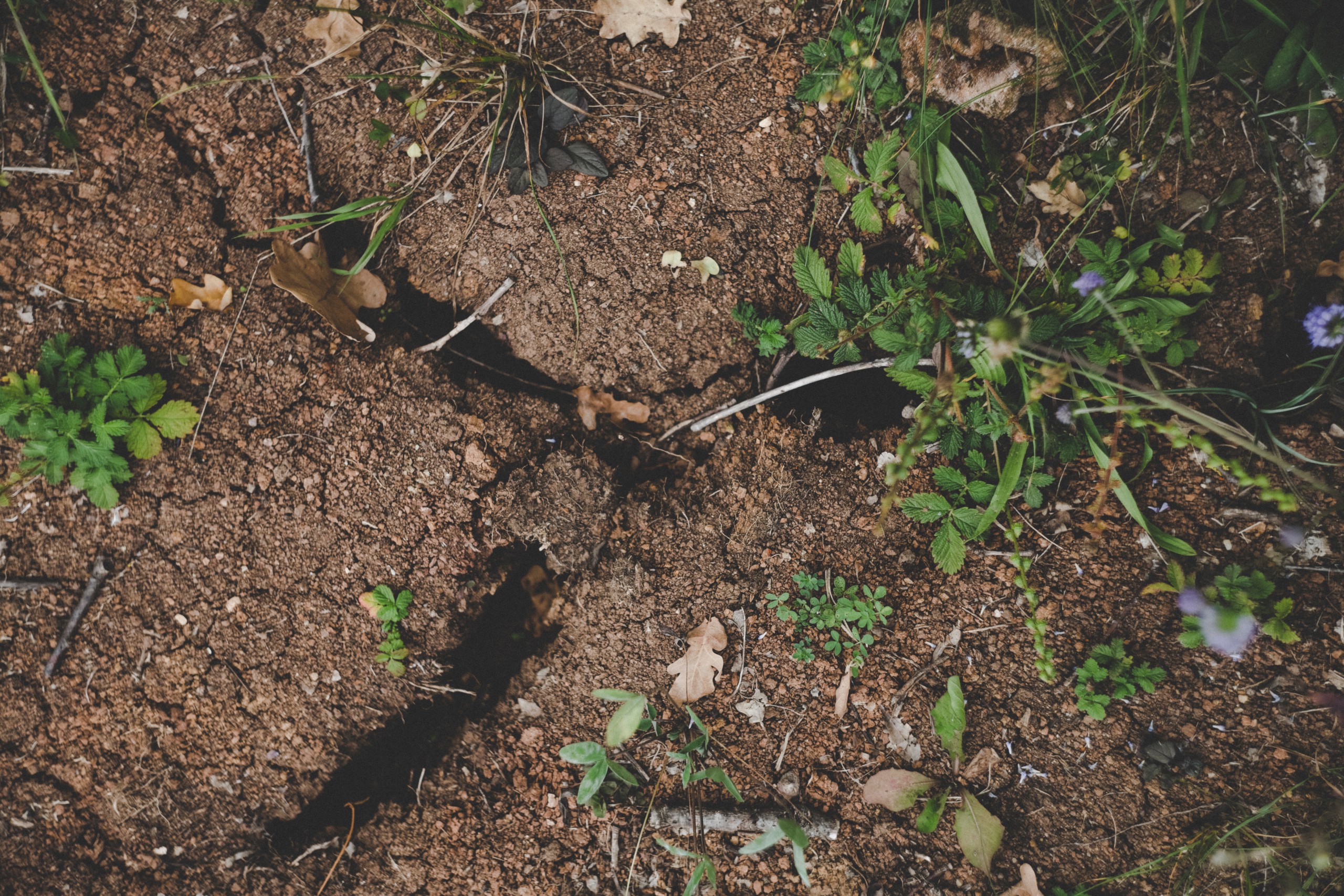Agricultural soil preservation is synonymous with climate protection
Arable land is far from being just soil on which something grows more or less by chance. Like our skin or gut, it is populated by beneficial microorganisms that bind large amounts of CO2.
Since we humans became sedentary, we have worked the soil with increasingly sophisticated tools. Agricultural productivity improved by orders of magnitude with the introduction of nitrogen fertilisers (created by synthesising ammonia from atmospheric nitrogen and hydrogen using a method known as the Haber-Bosch process). Without nitrogen fertilisers, it would have been impossible to feed all the people living on earth today.
As we all know, this has negative consequences. Humans not only want to eat and move about; their food must also be shifted around the globe to get to where people live. In turn, the fossil-fuel-driven mobility of food and people has led to the climate problem we are now facing. Add to this our already overused soils and the droughts and storms associated with planetary warming causing all kinds of erosion, and our usable soil – known as humus – is not only becoming increasingly thin on the ground, but is also yielding less and less.
Yet in the fight against climate change, the humus upon which our food is grown could also be an extremely important carbon sink; i.e., provide a way of binding CO2. This occurs when the many microbes present in soil extract dead organic material from the atmosphere and bind it within the humus. The Swiss Association of Soil Protection Experts Cercle Sol’s leaflet “Soil and Climate Change” states that the more stable these humic substances are, the more securely and longer the carbon remains bound as soil organic matter.

How can we regain humus?
To date, regenerative agriculture or permaculture are the only conclusive answers to this problem, because these approaches to land management enable humus to replenish, even where it has been depleted through industrial agriculture practices. And this replenishment is urgently needed – we can, of course, make better use of existing arable land, but the number of available square kilometres remains more or less the same.
What can you as an individual do for the soil? Organic foodstuffs have fallen somewhat into disrepute lately, but the circular economy of organic farming is quite obviously better for humus. Other important measures to take in favour of healthy soils include avoiding the use of water-impermeable surfaces (“sealing”), unsealing already sealed areas, partially unsealing parks and public spaces, and planting street spaces, squares, roofs and façades with greenery.

